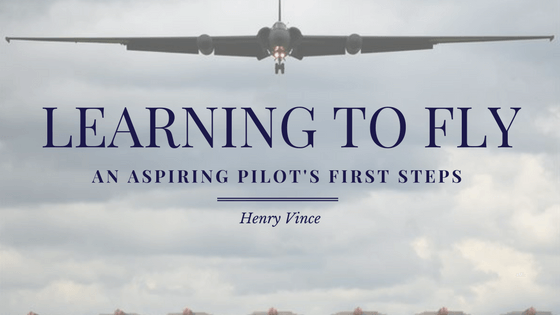Who doesn’t love flying? Unfortunately, most airline passengers would answer in the affirmative. Traveling through the sky can be a thrilling, almost surreal experience – but for many, a trip through the clouds is an uncomfortable necessity; an hours-long purgatory of cramped airline seating and regrettably salty peanuts. In the wake of that discomfort and inconvenience, it can be hard to imagine how thrilling flight can be outside of the commercial passenger experience. Unlike those unhappy traveler in coach, pilots have the opportunity to experience sky travel and the thrill of manipulating an aircraft above the ground. Surprisingly, becoming a pilot isn’t as lofty a goal as one might think; with some dedication and effort, any flight enthusiast can take to the skies.
These are an aspiring pilot’s first steps.
Determine the kind of aircraft you want to fly.
Pilot training isn’t a one-size-fits-all experience. It may sound obvious, but those with years of experience operating a passenger balloon can’t simply stroll onto an airship and announce their intent to pilot. Given that the Federal Aviation Administration’s certification rules differ based on the type of flight vehicles, you will need to seek out training programs for the specific aircraft you want to pilot.
Determine your intent for flying.
If your long-term goal is to work as an independent private pilot, you should opt into a training program specifically geared towards aspiring private pilots, rather than pursuing a sport pilot’s certification. Those who only want to fly well enough to enjoy the thrill of operating the plane independently likely won’t need the rigorous training that a private pilot receives; however, if an aspiring pilot wants to be able to plan, navigate, and execute cross-country trips independently, they should consider enrolling in a private pilot’s certification program.
Obtain an Aviation Medical Certificate and Student Pilot Certificate
While students may take flight lessons without certification, aspiring pilots will not be allowed to operate a plane independently without valid documentation. The best and simplest way to obtain both certifications is to simply make an appointment with your local aviation medical examiner; at the end of the appointment, the physician will give you a document clearing you for student flight.
Find a Flight Instructor
Even the most sport-centered pilots need to spend hours as a student operator. Flight instructors and training programs can usually be found at any reasonably-sized airfield. While there is no set number of hours required to complete training, students will need to know how to safely perform basic landing and take-off maneuvers before moving on to further certification or more complex flight.
Take off!
Beyond the student stage, pilots can choose to specialize in whichever field or occupation they wish. Of course, progressing will require additional training and certification – but with dedication and effort, any aspiring pilot can take off at will!

